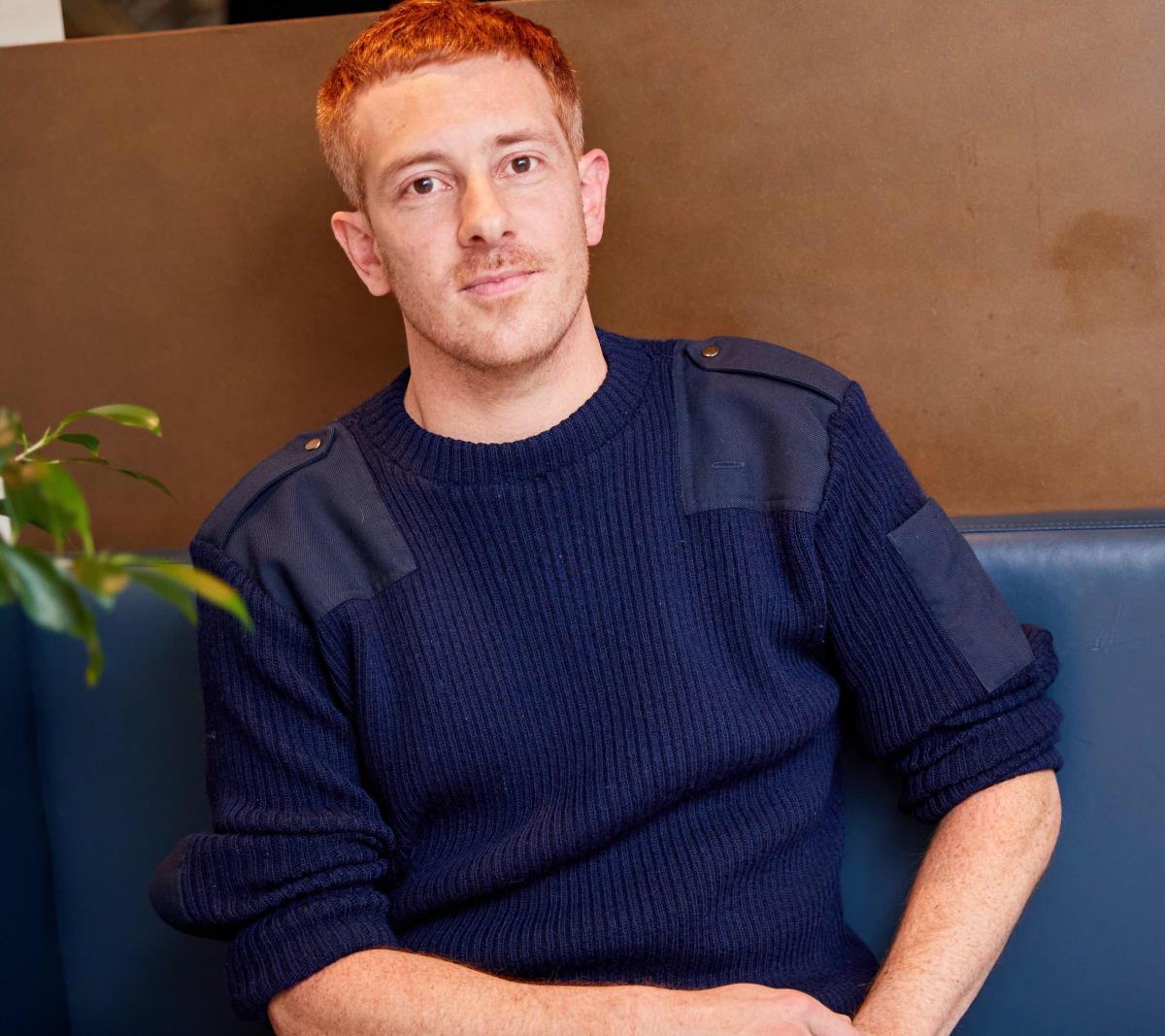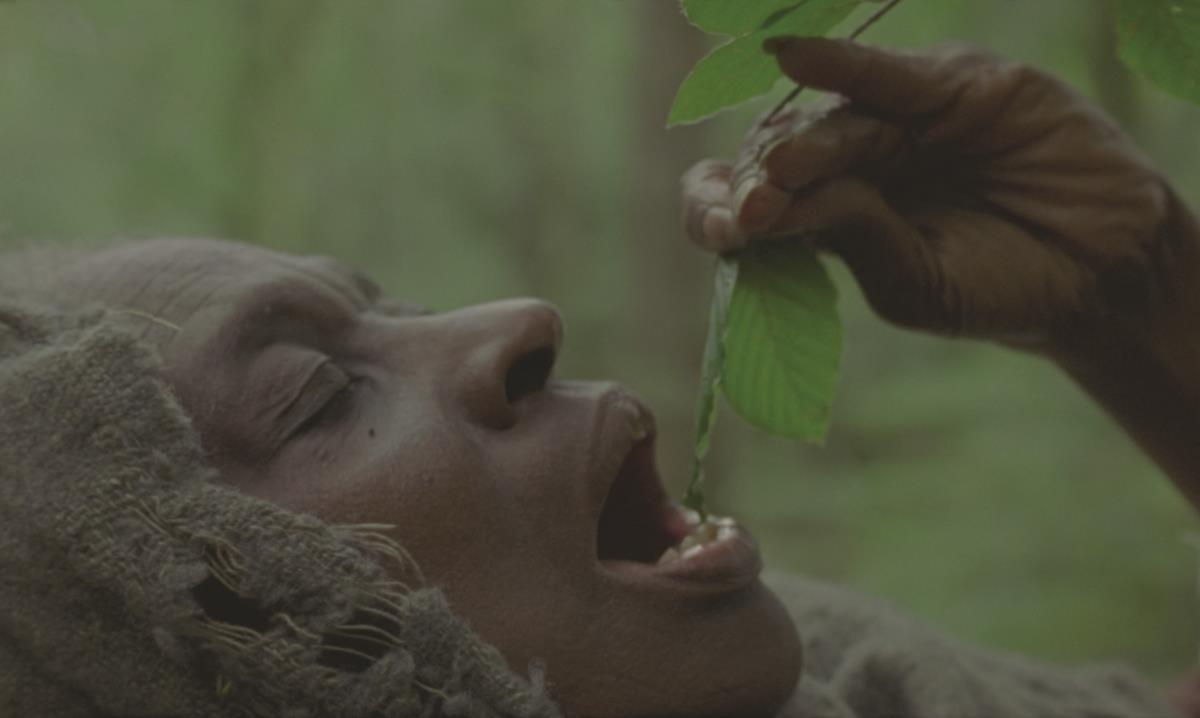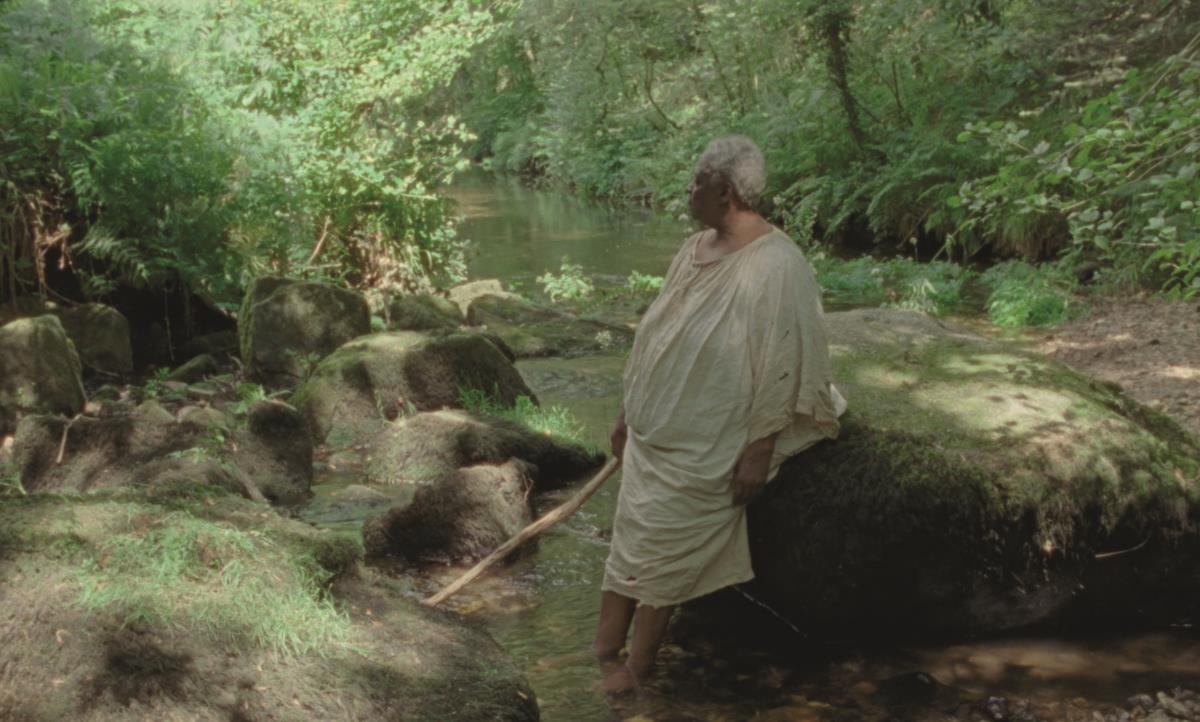[Interviewee - Damien MANIVEL (Director) / Interviewer – JEONG Jihye (Film Critic)]

Q1. After The Park (2016), The Night I Swam (2017), and Isadora’s Children (2019), you are coming to Jeonju once again. Considering that this is the 10-year anniversary of the JEONJU Cinema Project (and Isadora’s Children was a JEONJU Cinema project), does your visit to the JEONJU IFF this time feel more special?
I'm really happy to come back to Jeonju, it's a festival that I love and which accompanies my work with great respect. I was lucky enough to be a JCP winner and it helped me a lot, more help like this is needed. For me, this is a great example of how festivals could help truly independent filmmakers.
In Jeonju, I am always surprised and delighted to see such a large movie-going audience full of questions about movies. This year is also special for me because I will present my last two films and I can't wait.
Q2. What prompted you to make a film about Mary Magdalene? What aspects about her were you attracted by?
You know I had the idea for this film when I was editing the film "Isadora's children". There's the very last shot of the movie when Elsa rolls her eyes very slowly towards the sky, and seeing that I thought to myself that we should make a movie where Elsa would have the main role and that she should play the role of a saint, or in any case a mystical character. It was from that moment that I began my research and many things led me to Marie Madeleine. The strength of the character, her tragic destiny, she is both a great lover and a character with a very strong radicalism.
Q3. In the beginning of the film, the subtitle says that this is a “reverie of the last days of Mary Magdalene.” I’m curious about the reason you chose that period of Mary Magdalene’s life to depict and to express those last days as a reverie.
The character of Marie Madeleine crosses the history of art, painting and poetry in particular. Each artist over the centuries has represented it in their own way, so for me it is as if she’s had a thousand faces, depending on the interpretations. So, I had to be clear and start the film by telling that everything the audience will see is not intended to be the truth, but rather making this film is a way of imagining what could have happened concretely for her in the last days of her life, when she lived alone in the forest. And of course I chose this period of her life because it allows me to mirror the question of Elsa's old age. It is as if in this film, she was playing her own death. It is very moving to think of the film in this way.
Q4. It seems that this film was possible thanks to Elsa Wolliaston, whom you’ve worked with for over 15 years from the short The Lady With The Dog (2010) to the feature film Isadora’s Children (2019). If there is a point of inspiration you receive from Elsa in working with her, could you tell us what that is?
It's hard to explain. She is a great dancer and an artist who fascinates me. She brought me a lot and inspired me a lot. I feel a real connection with her. And I like to film the way she moves, her look, to me she’s beautiful. It’s that simple.

Q5. I asked myself whether there was a film about Mary Magdalene where she wasn’t portrayed by a young white woman, but none really came to mind. In that aspect, the portrayal of Mary Magdalene as an old, non-white woman is intense and bold, and thus avant-garde. In what ways did you hope that what is uniquely Elsa—such as her appearance and aura—would be reflected and integrated into the film?
Yes it's true that this character is always filmed in her youth, and still very beautiful and sensual. I wanted to break that image, because it’s also the kind of woman that cinema constantly represents. I find it a shame, I want to film more "real" people. In an interview at the time of the film's release in France, Elsa said that I "stole her soul". She said that in a positive sense of course, but that can only be done because Elsa has immense trust in me. Each shot of the film is a gift she gives me. And when she saw the finished film, she was very touched to see that the film was my gift to her.
Q6. You and Elsa are both dancers and choreographers, and I assume that there is a lot that you two share. I was impressed by Mary Magdalene's movements in the film. At first glance, she seems to move slowly, but her slow movements consist of numerous detailed movements, and it is like watching a graceful solo dance performance of an excellent, experienced dancer. If you had any conversations with Elsa about this, or if you could tell us about how you collaborated, I would love to hear about it.
It's exactly that. I film concrete actions, but which are performed with the same intensity as a dance. With Elsa, we don't talk on the set. I think we communicate when the camera rolls, I give her instructions and then she offers me live her interpretation of what I said. We don't do rehearsals. We film directly.
Q7. Magdalene's body and movements are sometimes shown in extreme close-ups, and other times the camera follows them slowly from a distance. Did you have specific set of rules or goals regarding the position and movement of the camera during filming?
At the time of filming, Elsa was very fragile physically. It was COVID time and Elsa had been locked up in her home for the previous 3 months. So she had a lot of trouble walking, and she got tired very quickly. It took her a lot of courage to make this film in a forest, a lot of concentration also because she often had pain in her knees and had trouble standing up. The film records that too. So, no, there were no rules, just feeling where to stand in relation to her and trying to get the shot in one take, which made every shot valuable.
Q8. As impressive as the intensity of the titular character is the way Mary Magdalene communes with nature. It seems that, to you, nature—plants, wind, water, sunlight, moon, birds, insects, and others—is not something to be consumed as a mere background, but more of a primitive cinematic material that evokes vitality and emotions. Thanks to this harmony between human and nature, the film has a rich texture even without many characters or lines. I would like to learn about your understanding of nature and the way you shoot nature.
I tried to understand how Marie Madeleine had been able to stay so many years in this forest, what was her relationship to the elements that surround her. How ㅋto live in loneliness? I imagined that her body melted into this nature, that her breath was like the wind in the trees, that she was very close to the earth. For my part, when I film, I try not to make a difference between humans, animals, objects, so I tried to film nature with the same intensity as I film Elsa's body.

Q9. I believe that Magdala was shot on film. Were there certain excitement or uniqueness you felt while shooting on film?
Yes, I am not someone who is nostalgic for film so it is not for a cinephile reason that I did this. It's because I wanted to record Elsa's presence on a physical medium. I said to myself: if this is the last film I make with Elsa, well, I would like the trace to be printed on a film.
Q10. In the film, you use music in a very restrained manner, yet at the crucial moment of life and death, you use music to create waves of emotions. What were your reasons for choosing the two songs, Franz Peter Schubert's “Die Winterreise” and Henry Purcell's “O solitude, my sweetest choice,” and what did you expect from the music in your film?
The Schubert is magnificent. It's music I wanted to use for a film for a long time but I didn't know what film yet. When we shot the long tracking shot where she walks, I already had in mind to use this music. The German lyrics are not translated but it is a very deep poem about the last days of an old man in the middle of winter, a kind of tramp who wanders in a village, totally alone and who despite his loneliness finds the strength to play music. The Purcell I discovered when I was editing and I immediately wanted to put it at the very end of the film because it resonated very strongly with the character of Mary Magdalene.
Q11. Did you use any reference materials for this project? Films, artworks, plays, novels, choreography, or anything else?
Many pictorial, sculptural and poetic inspirations. I don’t think too much about cinema in order to make a film, but always other inspirations such as dance, literature, manga or music. It gives me more freedom to find my own way.
Q12. Is Julien Dieudonné, who co-wrote the screenplay for this film, the same Julien Dieudonné, who appeared in Isadora's Children? If so, how did you two come to write the script together?
Yes. We wrote 'Isadora's children', 'Magdala' and my new feature called 'The Island'. It is a long friendship and working relationship with Julien. But we don't have a classic script because there is very little dialogue in the film. So, we wrote 5 pages in the form of a poem, and that's what I started filming with.
Q13. Looking at Isadora’s Children and Magdala, I thought that you were paying special attention to the moment people—women, in particular—who are heartbroken and devastated after losing someone they love, only just begin to move and their movements at those times. Is there anything, any story you would like to tell us about this aspect in your films?
It is very interesting what you say and it is undoubtedly true. I have the impression that in all my films, it is about how to transform some kind of sadness into beauty. I hope viewers can see both films because there is this obvious connection between "Isadora's children" and "Magdala". They are both sad films, which talk about death, but the characters in my films are brave, they go through the pain to create something.























